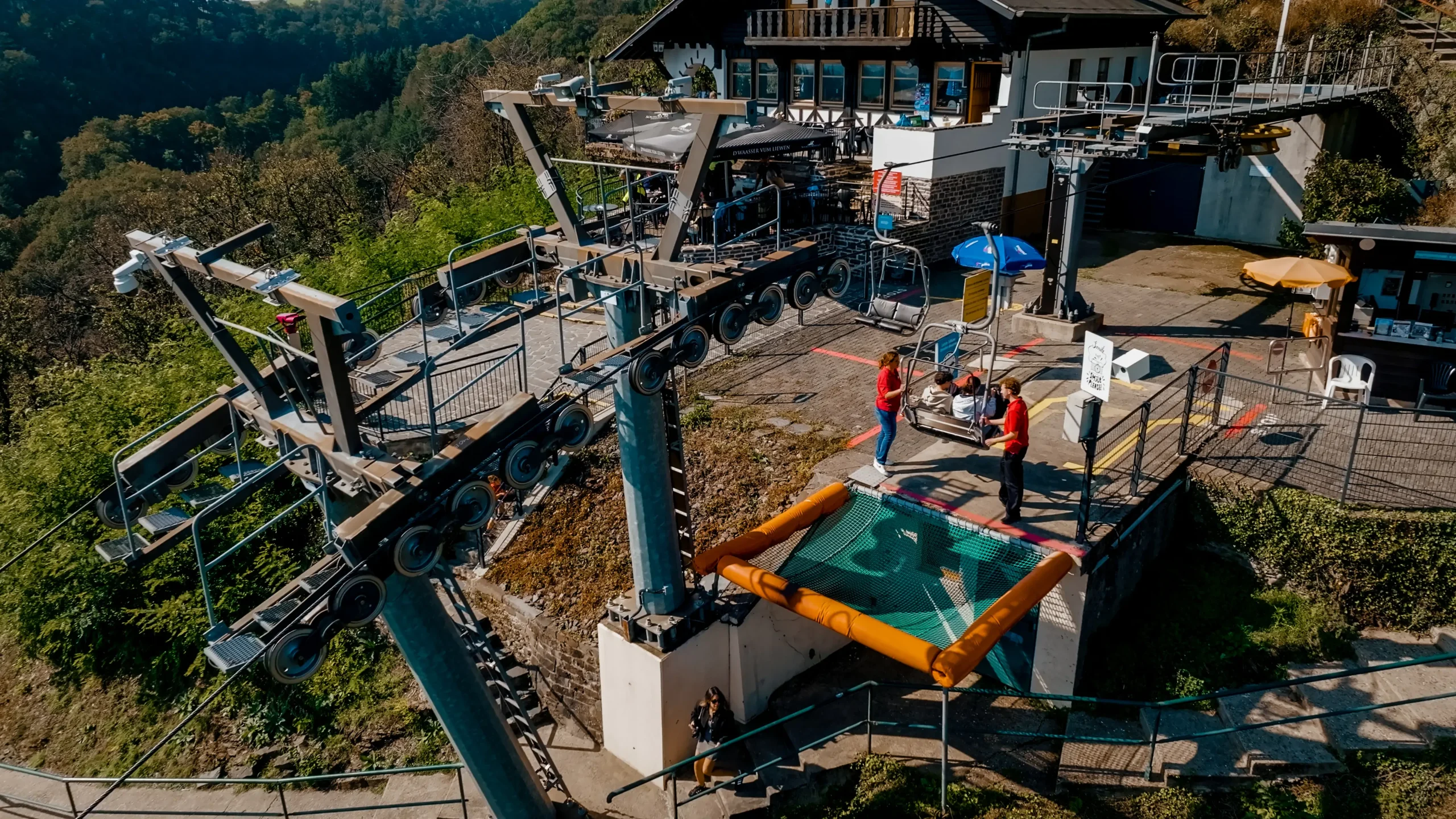Museum of the village Vianden
- A bakery from the 1950s
- Vianden, from the Celts to today
- Edmond de la Fontaine, known as "Dicks"
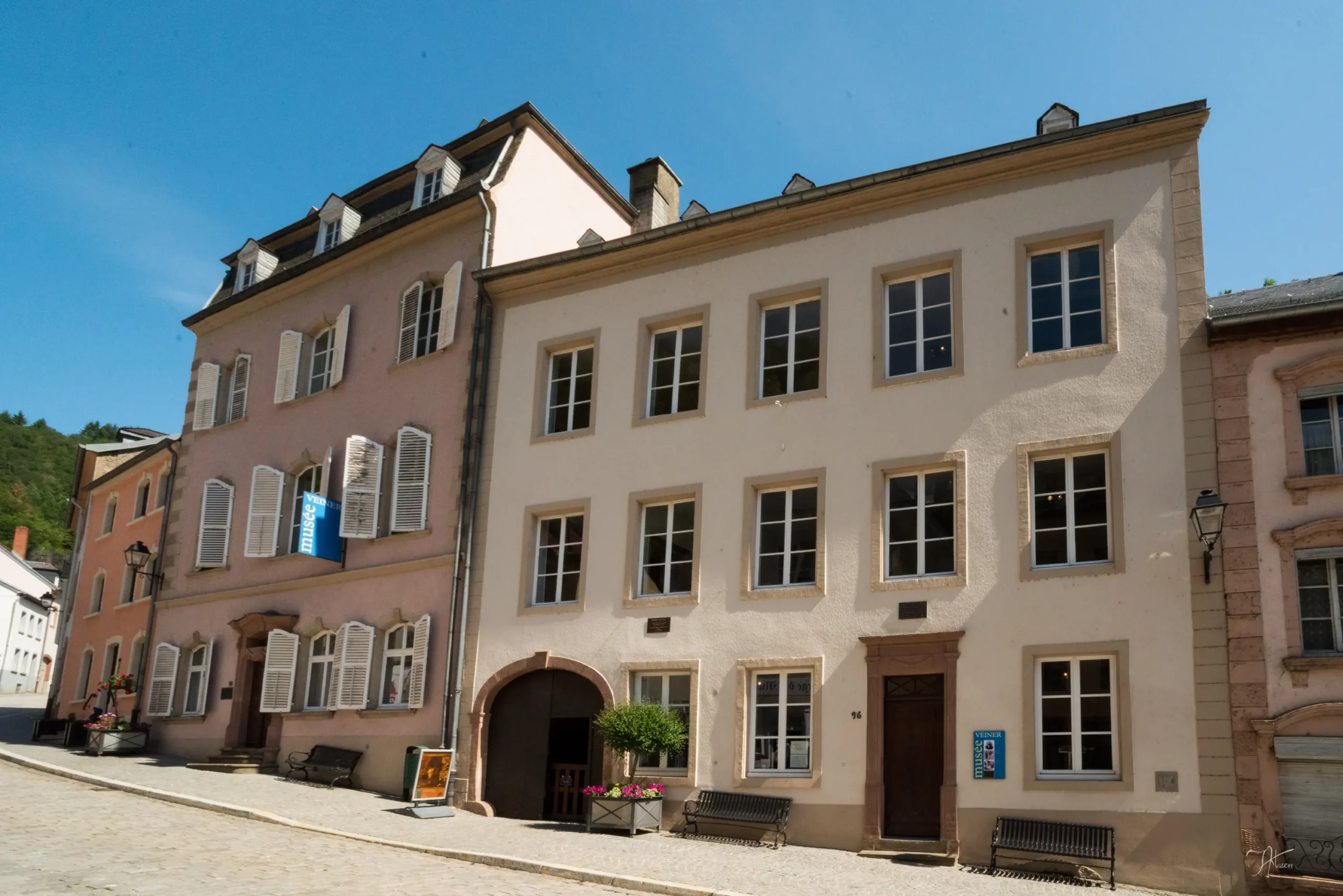
Go to page
Museum of the village ViandenCulture in Vianden
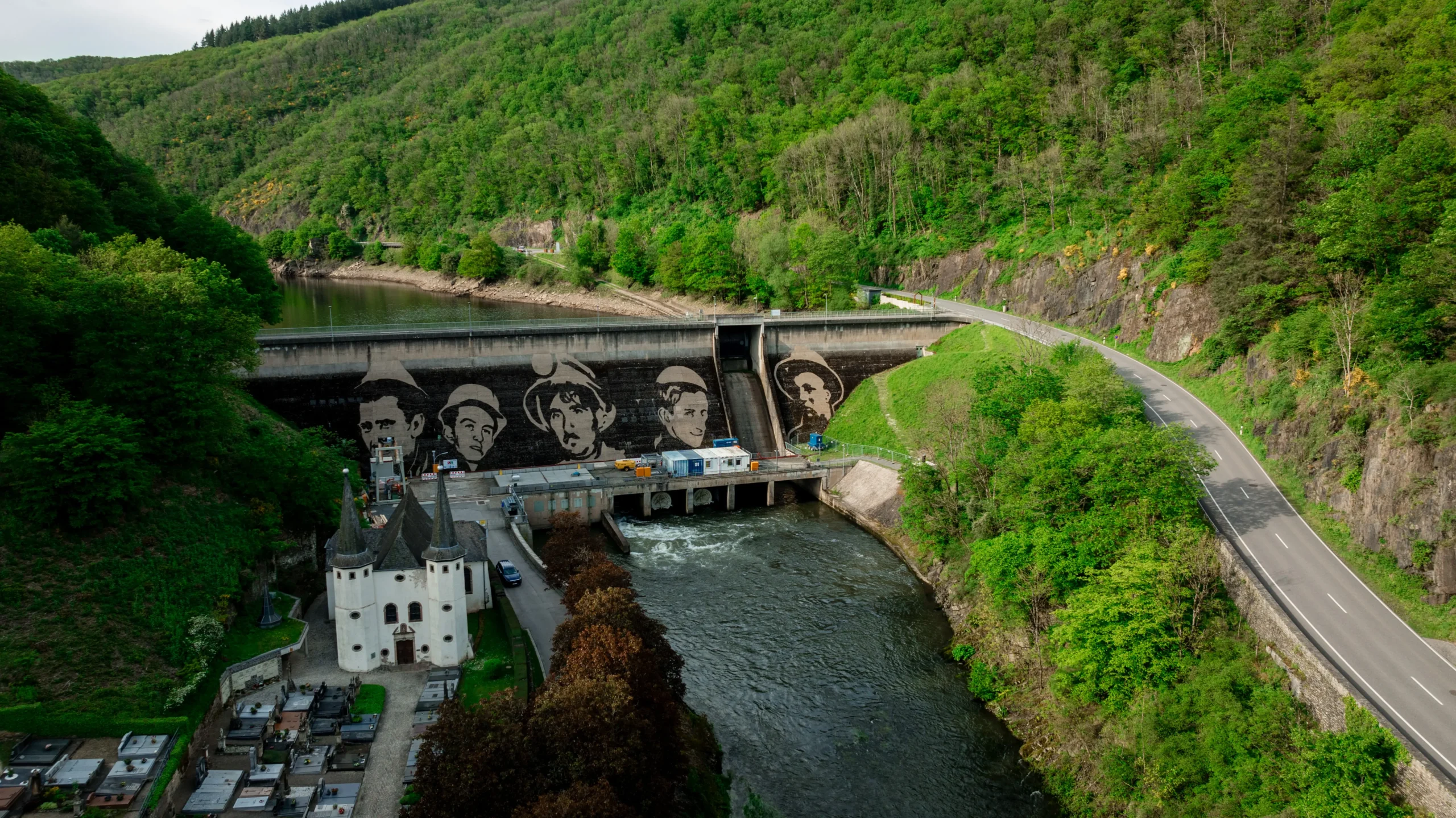
Explore the must-see museums and cultural attractions in Vianden, a city rich in history and heritage. From local art to historical legacy, discover unique exhibits that will immerse you in Luxembourgish culture while enjoying the authentic charm of the region.

Go to page
Museum of the village Vianden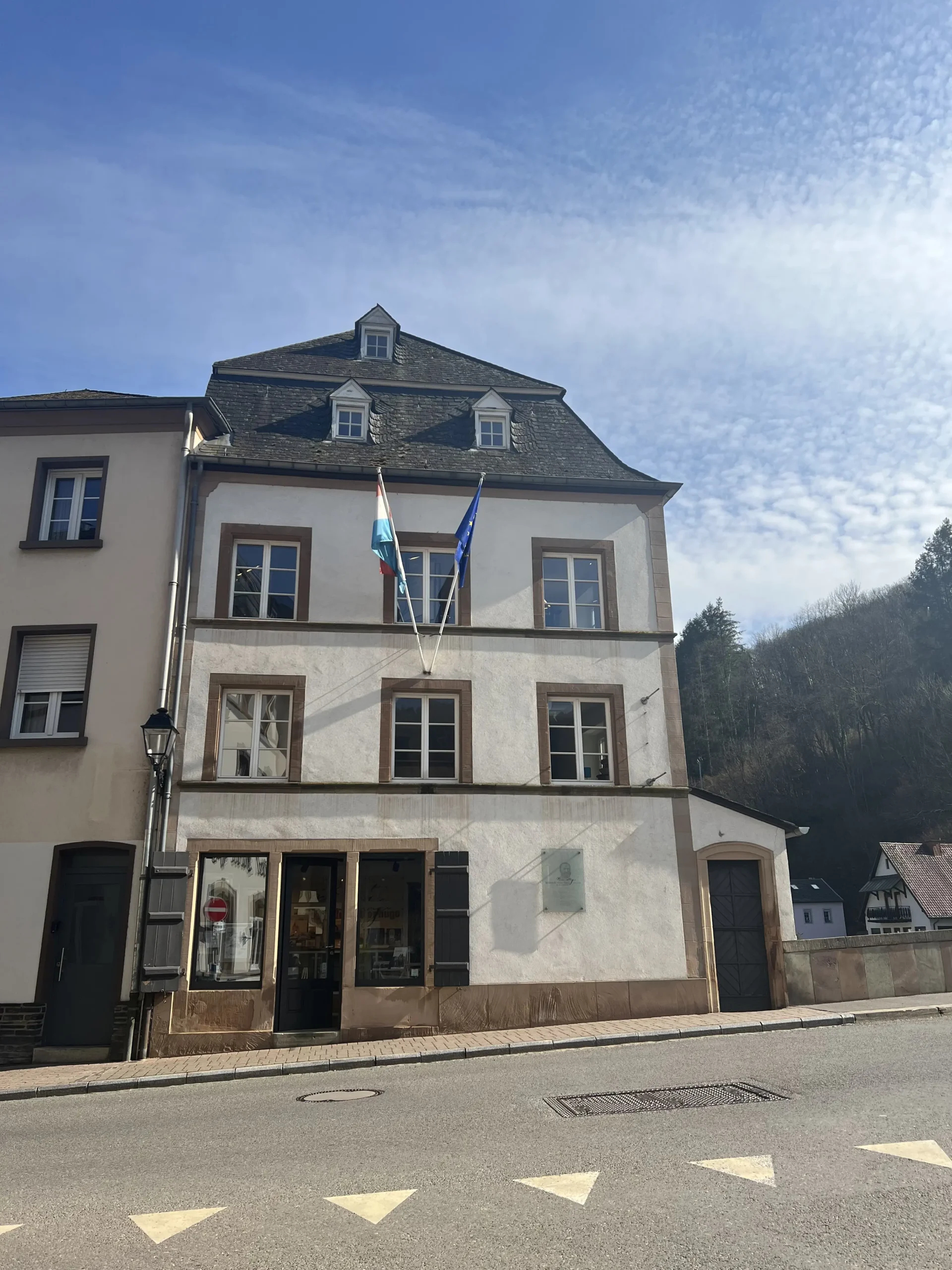
Go to page
Victor Hugo House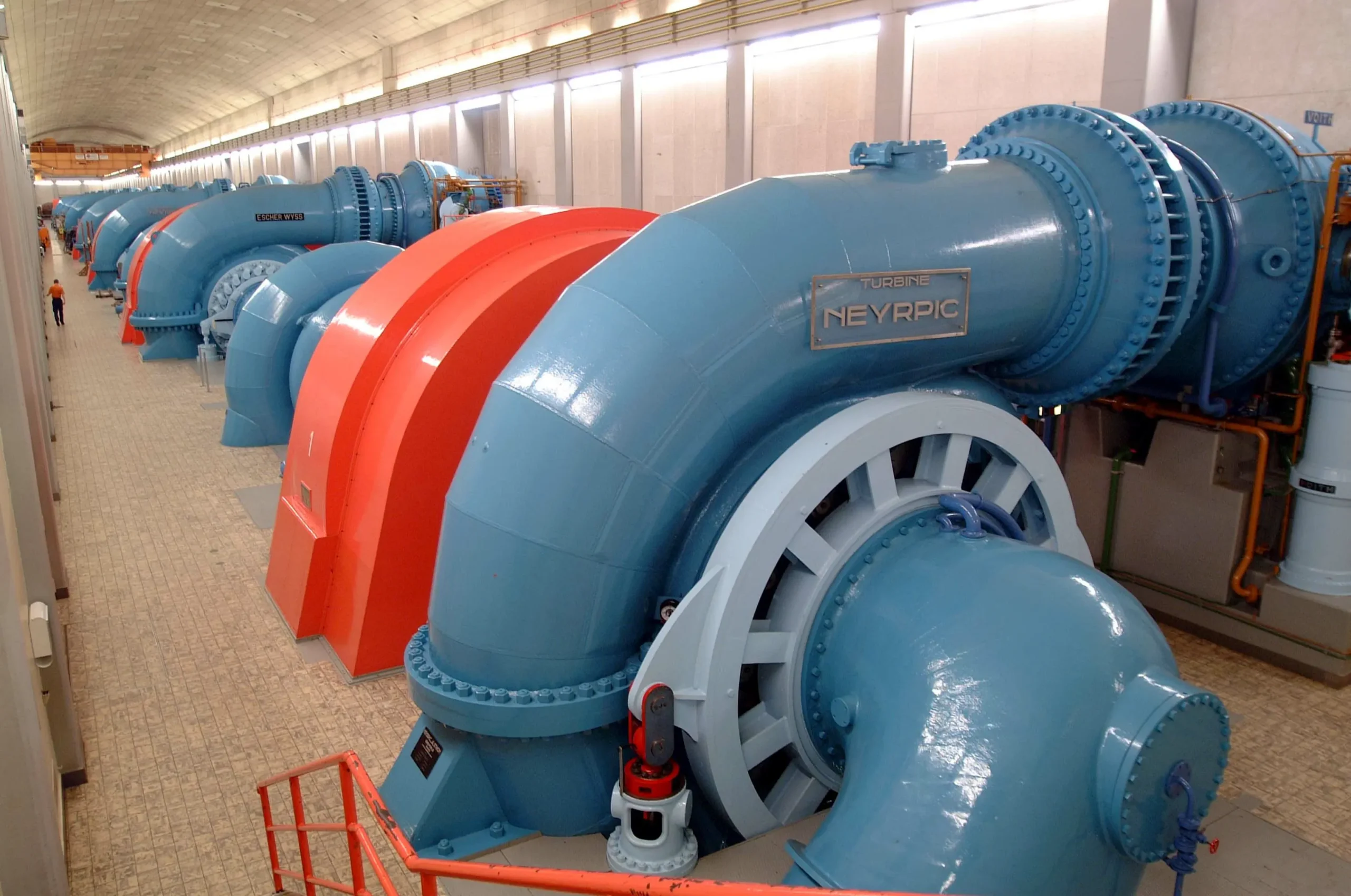
Go to page
SEO – Pumped-Storage Water Station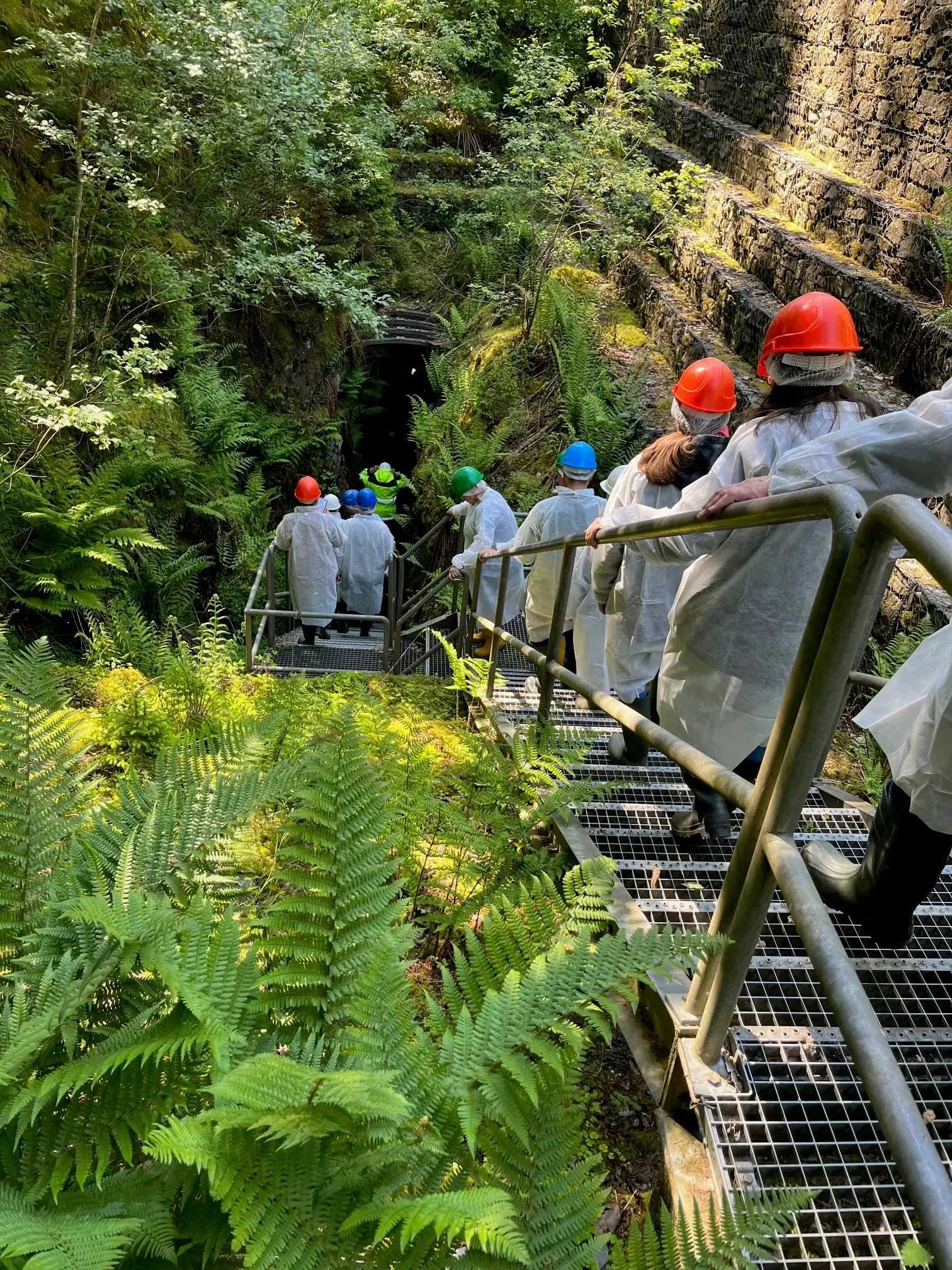
Go to page
The copper mine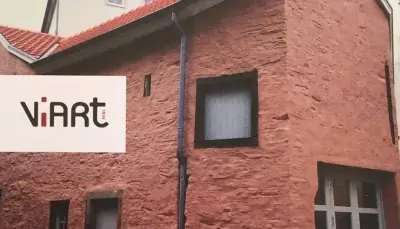
Go to page
Art exhibitions – ViArt AsblThe impressive fortifications of Vianden, dating back to the Middle Ages, testify to the city’s strategic importance over the centuries. As you walk along the ramparts and watchtowers, you’ll feel as though you’re stepping back in time, discovering defensive architecture and the stunning landscapes surrounding the town. These walls tell the story of battles and protection that have shaped Vianden’s destiny.
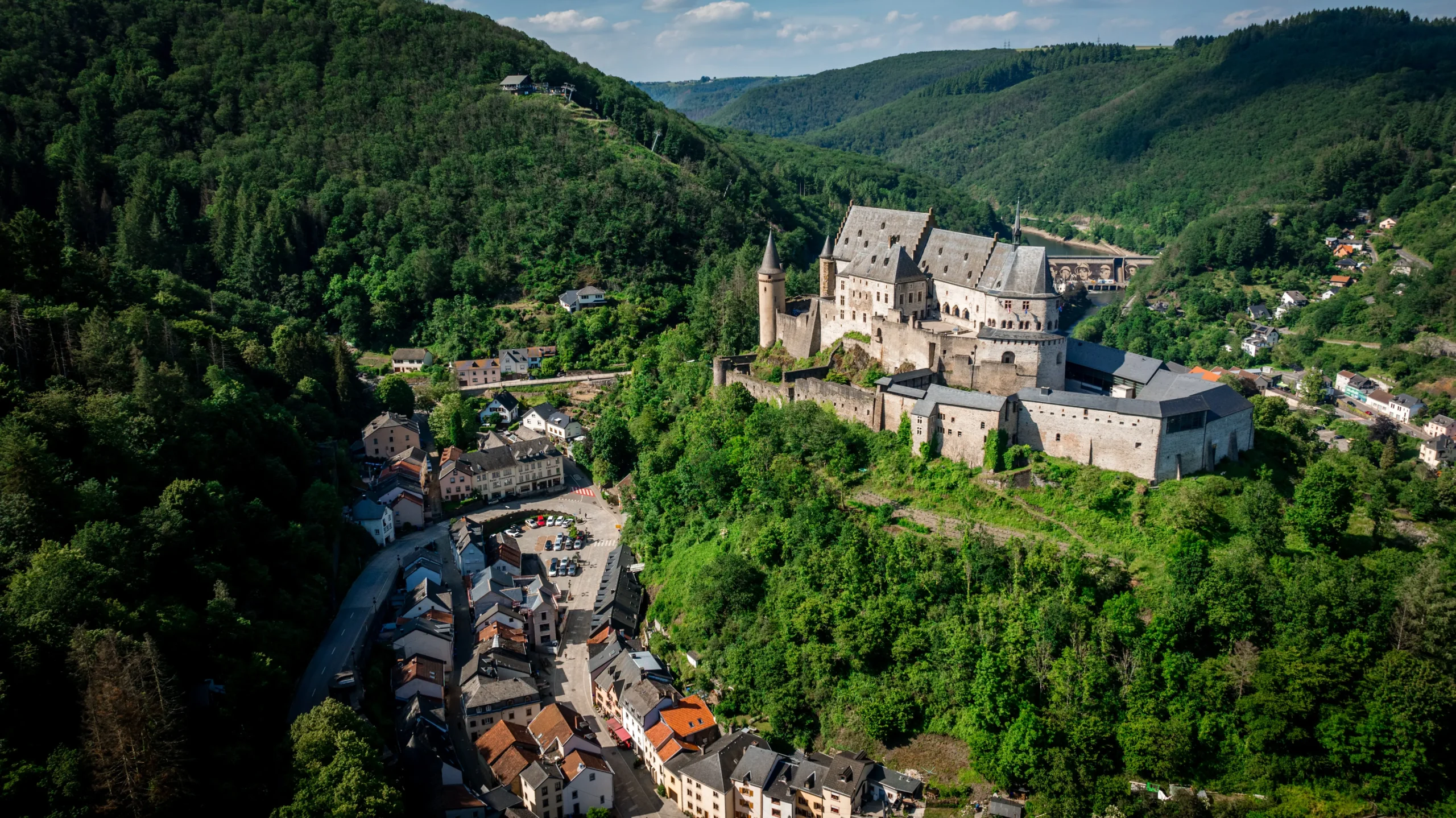
The dam and the reservoirs around Vianden are a unique example of engineering within an exceptional natural setting. The most famous of them, the Vianden Pumped Storage Power Plant, is one of the largest of its kind in Europe. Visitors can marvel at this technical feat while enjoying outdoor activities such as hiking, fishing, or simply admiring the crystal-clear waters surrounded by lush green mountains.

Vianden Castle, one of the largest and most beautiful castles in Romanesque and Gothic styles in Europe, proudly overlooks the city from its rocky promontory. Built between the 11th and 14th centuries, it has been meticulously restored and opened to the public. A visit to the castle will immerse you in the grand history of the Counts of Vianden while offering breathtaking views of the valley and its surroundings. Each room reveals a glimpse of the region’s glorious past, featuring armor, tapestries, and period furniture.
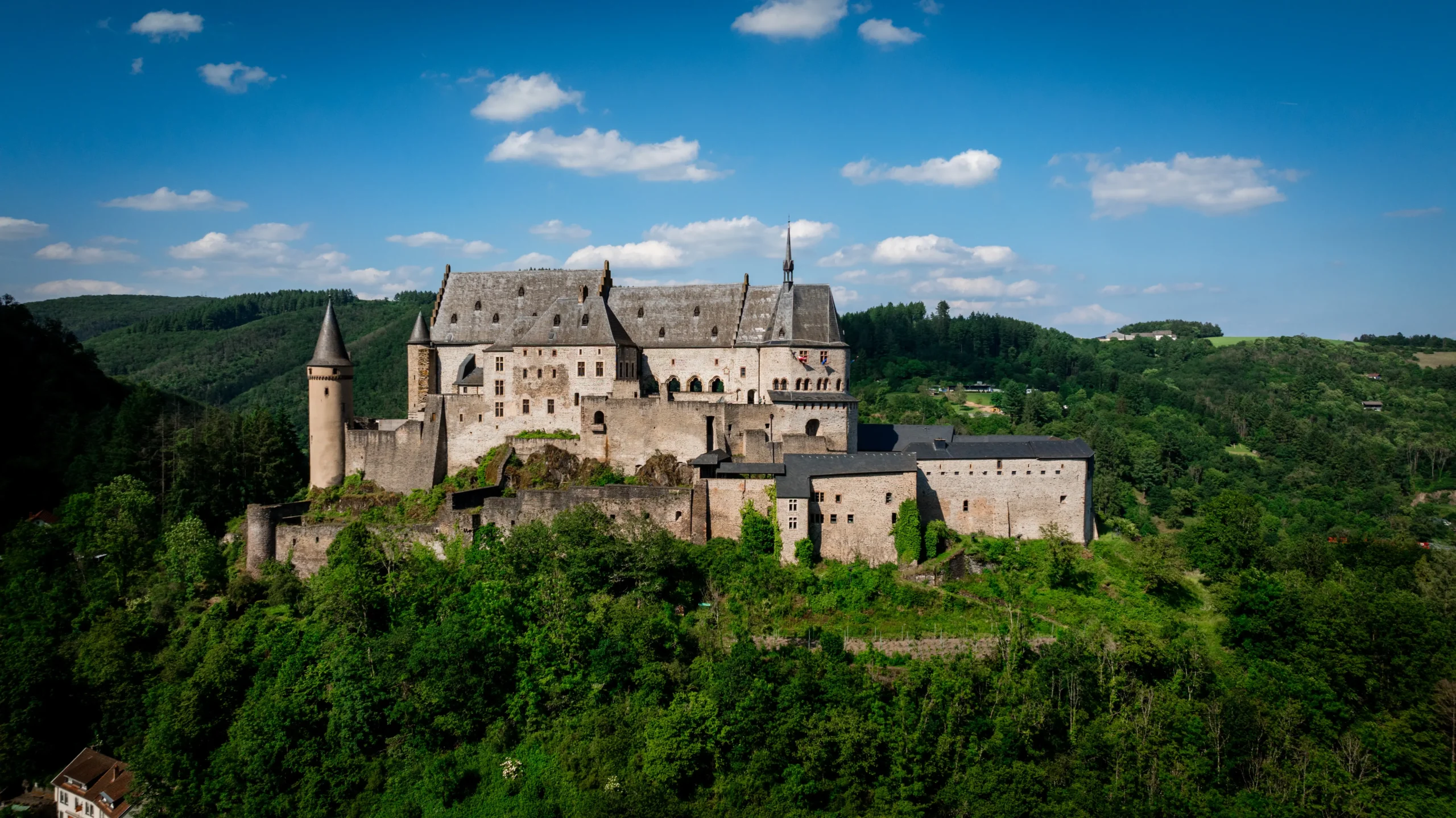
The museums in Vianden invite you to explore unique facets of local culture. From the Victor Hugo Museum, which traces the renowned writer’s stay in the city, to the local art museum showcasing works that highlight the region’s beauty and history, every visit is a window into Vianden’s identity. These cultural spaces provide a rich experience for enthusiasts of history, literature, and art.
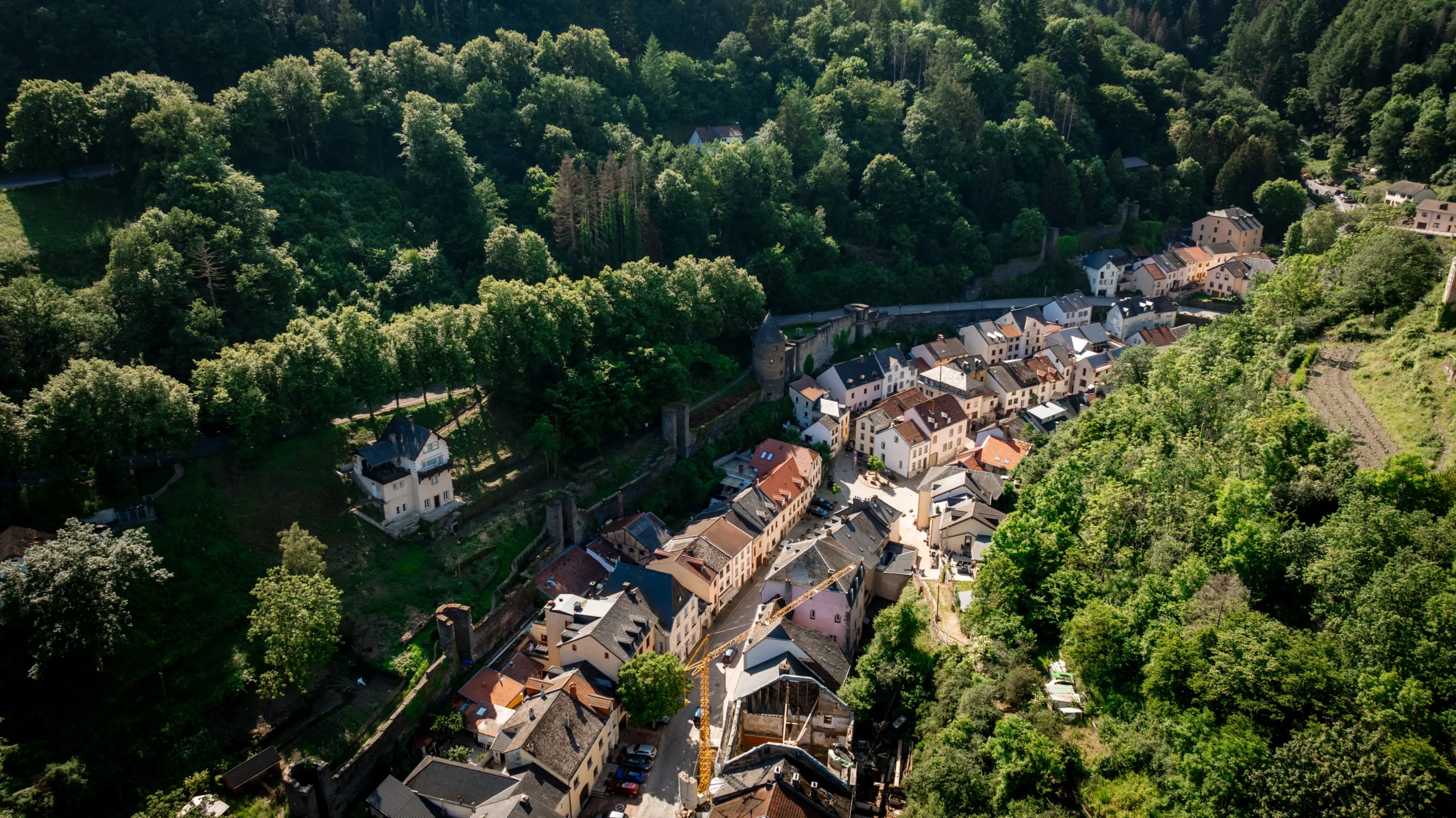
Thanks to our Vianden Bot, you can easily obtain all the information you need about the municipality of Vianden. Don't hesitate to ask specific questions to receive answers tailored to your needs.
Can't find what you're looking for?
You can find us here
Tourism Office 1A, Rue du Vieux Marché, 9419 Vianden
Opening times
